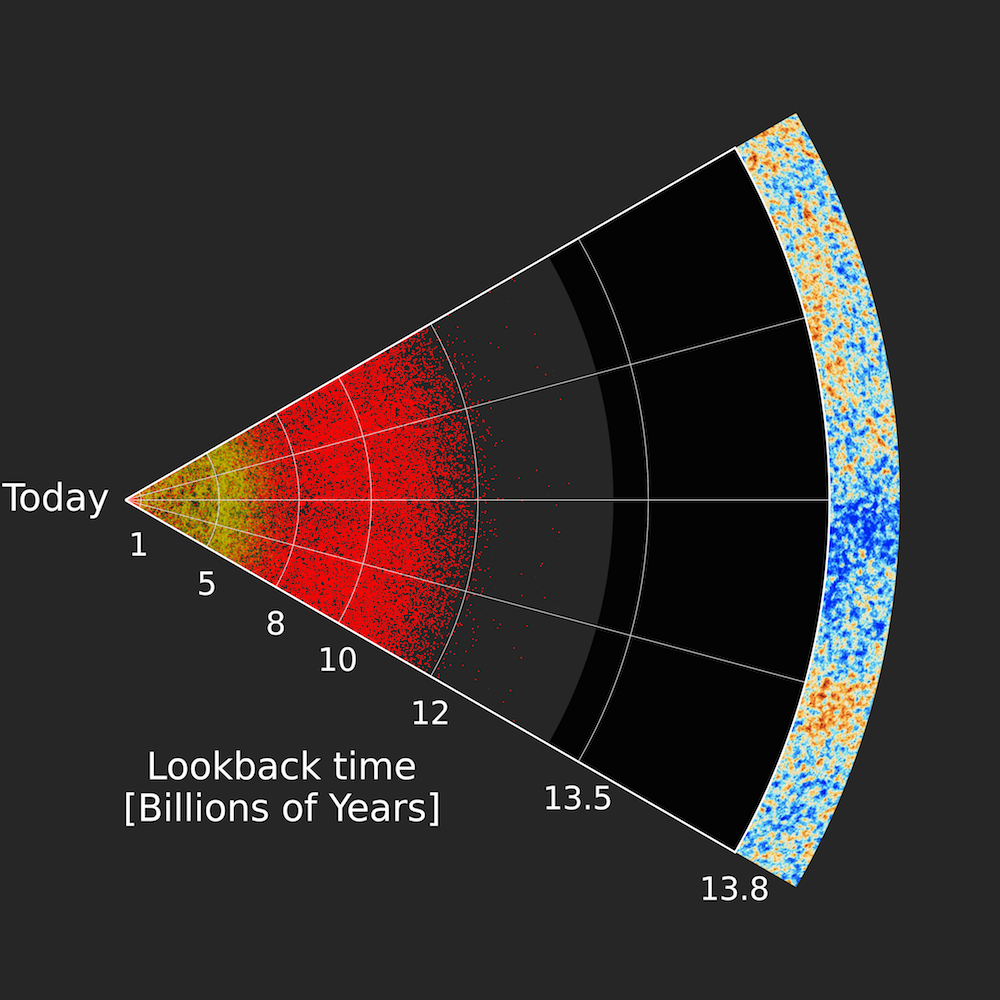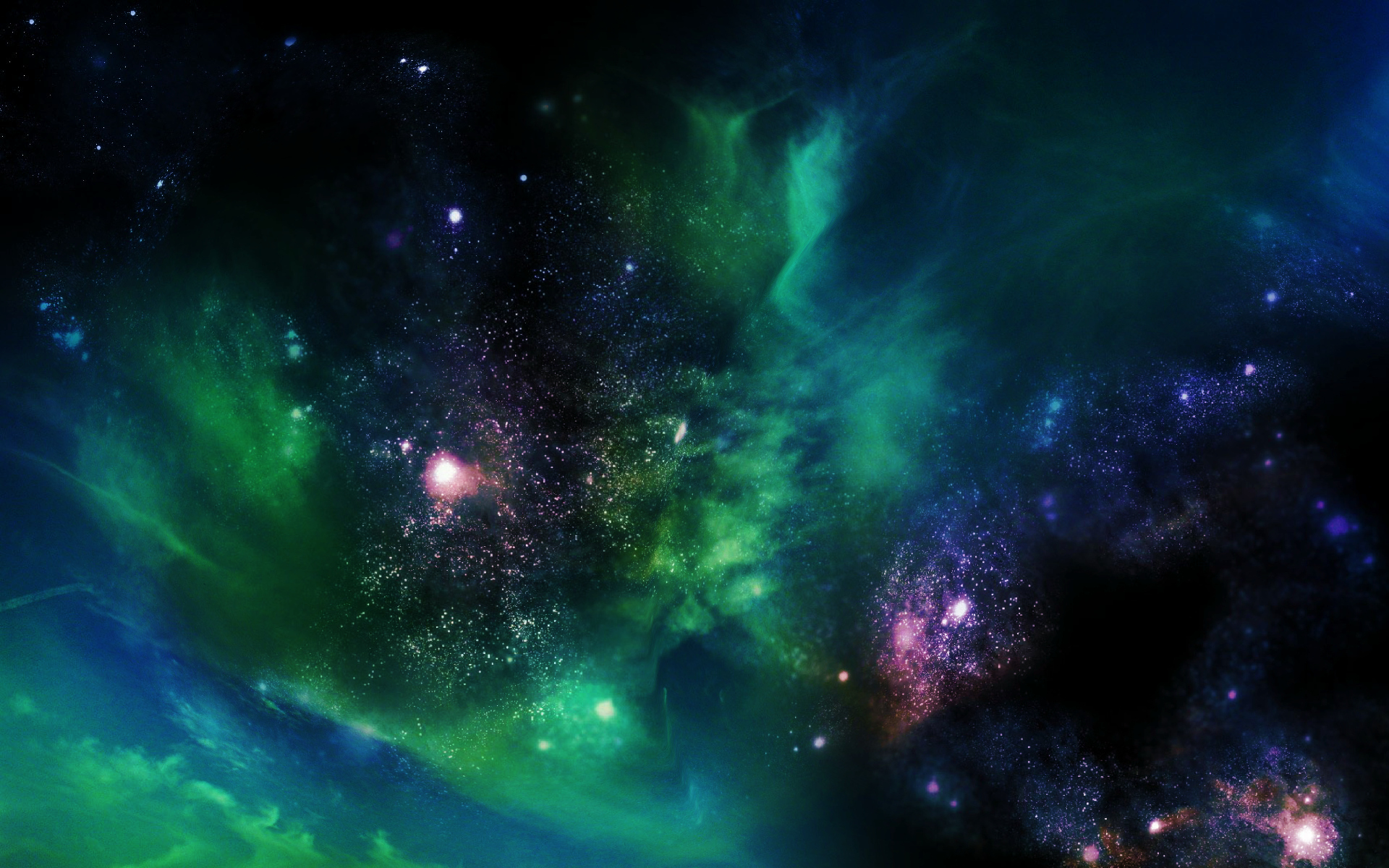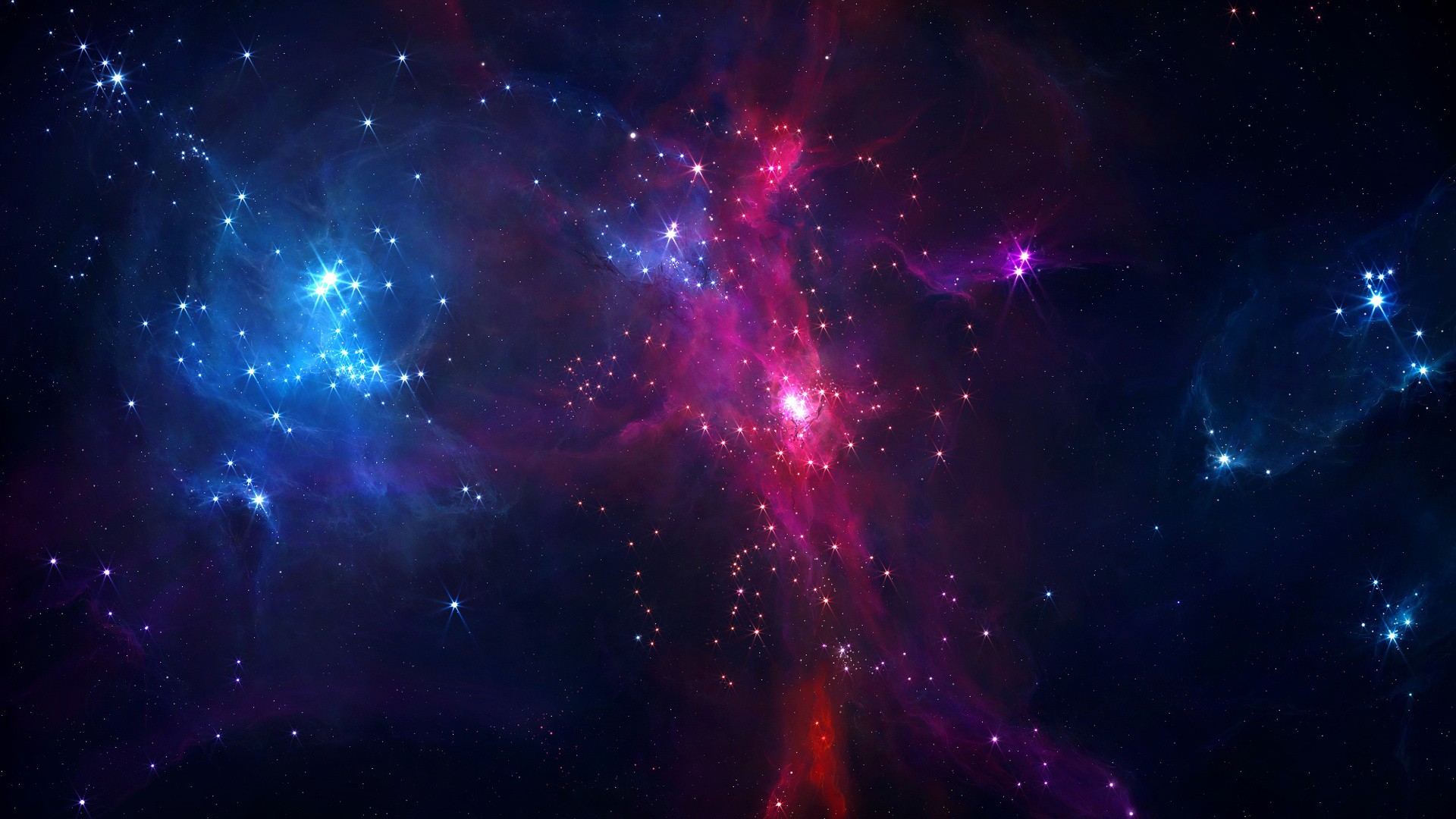
Until now, astrophysicists had only been able to locate about two-thirds of the ordinary matter. In the new research, an international team pinned down the missing third.

This black hole resides in a luminous quasar and its light reaches us from when the Universe was only 5 percent of its current age — just 690 million years after the Big Bang.

Astronomers with the Sloan Digital Sky Survey (SDSS) have created the first map of the large-scale structure of the Universe based entirely on the positions of quasars.

New work from a team led by Carnegie’s Eduardo Bañados has discovered 63 new quasars from when the universe was only a billion years old.

A newly deployed space telescope has struck pay dirt almost immediately, discovering a quasar - a superheated region of dust and gas around a black hole - that is releasing jets at least seventy times hotter than was thought possible.

Research has found new persuasive evidence that could help solve a longstanding mystery in astrophysics: why did the pace of star formation in the universe slow down some 11 billion years ago?

PKS 1302-102 is one of the few known quasars with a pair of black holes within its accretion disc. It is also a curious case for astronomers as it will produce a powerful explosion when these two black holes merge. The scientists trying to determine the scale of this merger estimate that it could result in an enormous release of energy.

A team of European astronomers has used ESO’s Very Large Telescope and a host of other telescopes to discover and study the most distant quasar found to date. This brilliant beacon, powered by a black hole with a mass two billion times that of the Sun, is by far the brightest object yet discovered in the early Universe. The results will appear in the 30 June 2011 issue of the journal Nature.